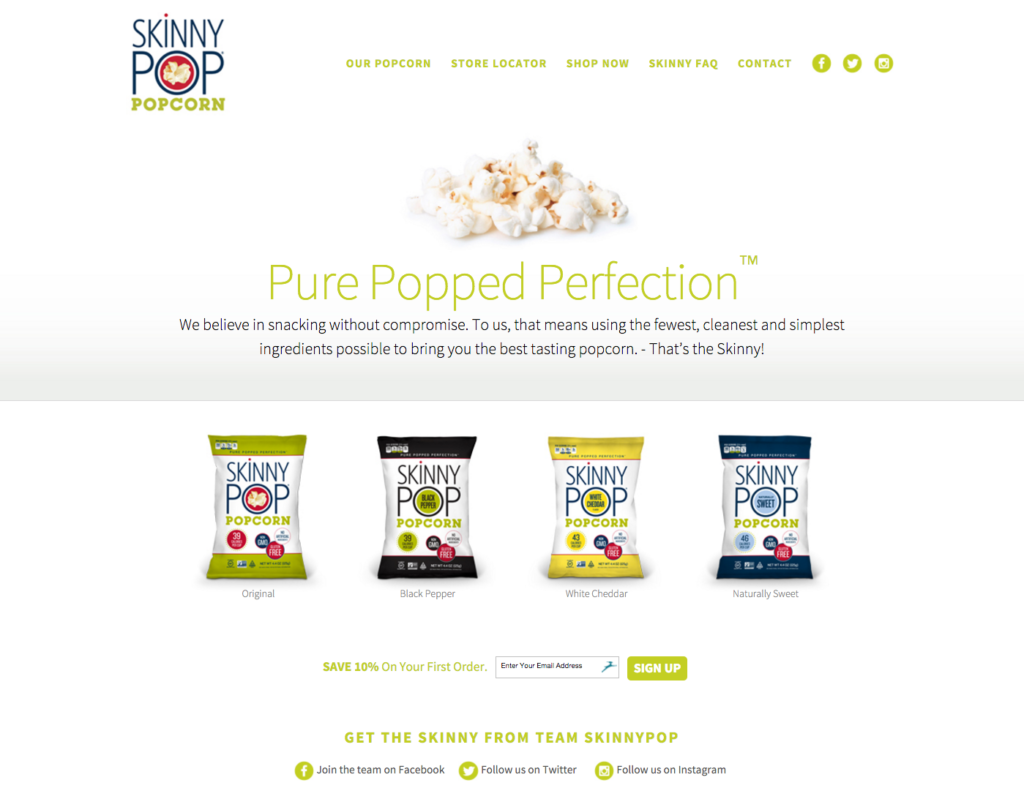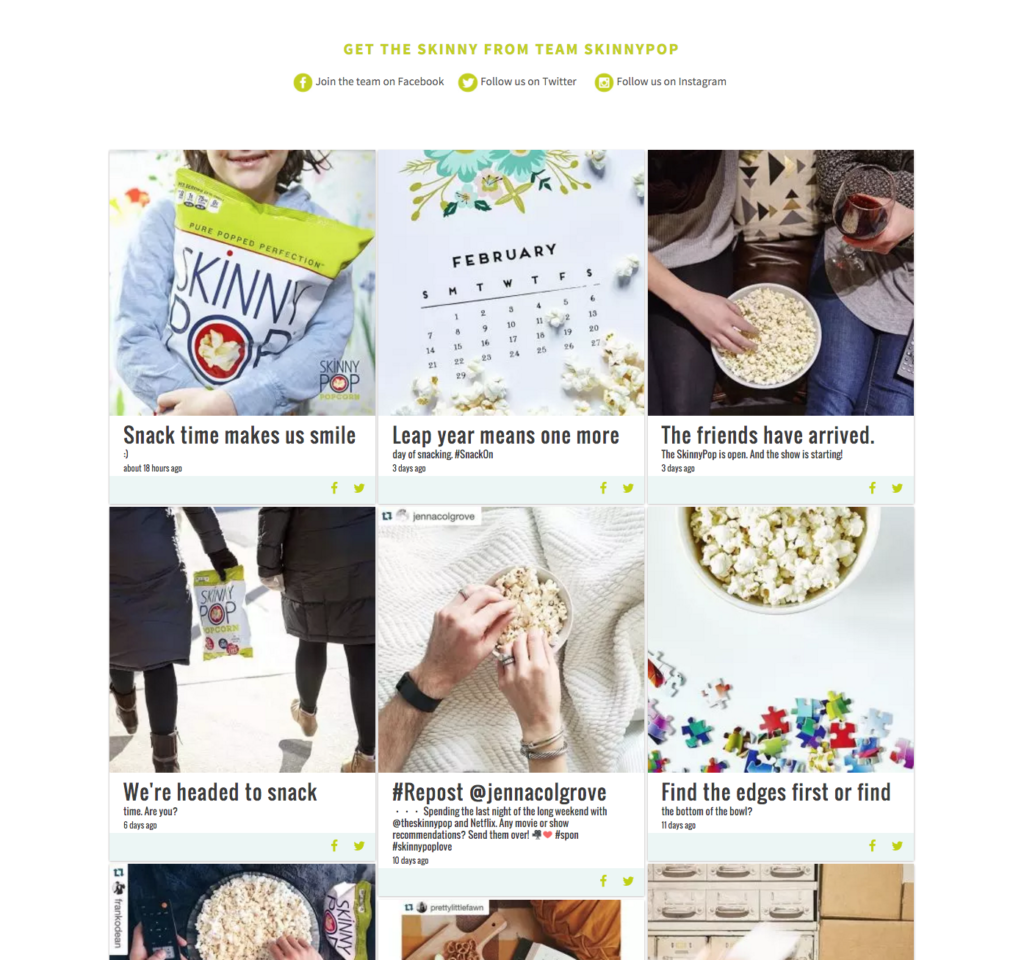Regardless of the industry, no company will ever grow and succeed without incorporating a comprehensive branding strategy. Remember that your brand is the “promise” that your potential customers should expect and receive. Your products, logo, content, company name – these are just fragments of what can be a great company. Establishing a brand means taking these things together to form a single, crystal clear image that will put your business in the best light. This is how you can put your business on the map.
It is not rocket science. If you focus on what makes branding so useful, then you’ll know exactly how to nail your branding strategy. Moreover, in this post, you will learn why developing a robust branding strategy will be the best thing you’ll ever do for your business.
Uniqueness
Most markets are already too saturated to have room for generic players. It does not matter if you are in e-commerce, SaaS, or online marketing – there are probably hundreds, if not thousands of similar businesses that are competing for your audience.
In a competitive industry, discrepancy lies in value. Customers already know that not all companies offer the same quality of their products or services. The important thing is to prove that your qualities are much more valuable than your competitors. Moreover, this is how a company stands out from the rest.
With the right strategy, you can develop a brand that has unique value propositions. This will make your brand more recognizable to your audience. However, accomplishing uniqueness is one of the toughest challenges in branding.
Remember that you have to be innovative and set your bar high regarding quality. One of the best ways to get this done is to solve one of the setbacks of a famous product. For example, everyone loves the idea of delicious food that is not fattening. Popcorn is notorious for being fattening. SkinnyPop Popcorn built their brand around snacks made with clean, natural ingredients and their brand promise was to give you popcorn that tasted great but zero trans fat and no artificial flavors. SkinnyPop is taking on an universal product and a problem with the product and offers a better version of it. The key is that SkinnyPop communicates this effectively.

Following this example, you should be able to find the perfect opportunities to develop a unique brand.
Consistency
Many struggling companies keep up with an inconsistent image with values that are all over the place. This comes from the lack of understanding of how a business’s identity is established.
You may think that your brand’s image depends a lot on your marketing and promotional strategies. Sure – it can be identifiable in your logo, website, and all the other materials and adornments you use to uphold your business. However, it relies more on the collective experiences and perceptions of your audiences.
The main issue is an inconsistency regarding quality and personality, which is highly prevalent in all industries. Remember that consistent branding takes commitment. You must be vigilant in upholding all your value propositions and be sure the experience remains streamlined across all your promotion and sales channels. This includes your social media accounts, email lists, landing pages, outreach blogs, actual products, and all your marketing assets.
Going back to the SkinnyPop example, you can see a consistent branding effort in their Instagram account. You can see a theme in all their posts and a brand style and mood that all photos imbibe.

Don’t forget that consistent branding permeates the smallest detail. The colors, fonts, visual elements, tone, and everything else in between should always be in sync with your brand. This is the key to making your brand recognizable in your niche, which is crucial if you want to establish your authority.
Storytelling
An excellent brand strategy always incorporates storytelling to be more relatable to the audience. To build trust, you need to form a connection with your target audience. This is what a story-driven branding can help you with.
Every brand has an interesting brand story to tell. You could talk about how you came up with your unique value propositions, or how much you’ve struggled to reach where you are now. A little backstory on the founders is also always a good idea. Be transparent and aim to build a positive relationship with your potential customers. Remember that connection is best made between people, so you should try to use the real people behind your organization as the main heroes for your storytelling strategy. However, it should also include an interesting situation to your target audience.
While authentic stories help build connections with your audience, some brands like Johnnie Walker use creative writing to produce a compelling story that exemplifies their brand phrase: “Keep Walking”.
Storytelling is a great way to convey emotions with your content. It goes hand-in-hand with branding, and it will also make your ads feel more tolerable to your audience, thus, increasing your brand’s interaction rate in your lead generation channels.
Valuable
Physical products are easy to evaluate if you are looking at raw production costs. However, your customers are not paying you to compensate for these expenses. They are paying you for the perceived value of your brand. This is exemplified by luxury brands like Apple, who are being paid primarily for the great logo.
You may not be looking to be a luxury brand yourself, but a solid branding strategy that’s built around your original idea or concept will help create value for your potential customers. With branding, you can focus less on the actual value of your physical products and look for intangible factors beyond the point of sale. For example, you can highlight your brand’s operational excellence, high customer satisfaction rate, excellent customer service, product leadership, and so on.
Increasing your value through smart branding is also an excellent way to get your audience’s attention in social media. With unique and exciting concepts, you can promote your brand and garner social proof at the same time.
Family
Whom do people trust the most? 99% of the time, the answer will be family.
This is by far the most important aspect of a well-developed branding. Establishing a clear brand will motivate your employees to work towards a single purpose. They’ll have something to be a part of; something they can be proud of. However, some companies make branding decisions exclusive to those in high positions, leaving everyone else feeling left out.
An often overlooked PR problem is when customers step into the office only to witness the employees themselves not living up to the company’s image and values. The same mishap may also occur with clients who communicate with your live support team. For US brands, this equates to approximately $41 billion lost each year, and you do not want to contribute to this number.
Such events can be very devastating to your company’s reputation. Don’t forget that customers do not become loyal to a company; they become loyal to a brand made by the people who are behind said company. This is why your employees are the most influential marketers for your brand.
This is why a well-developed branding strategy always includes the commitment of everyone within the organization. Give your employees a voice and incorporate their input into your brand. Remember that face-to-face communications between your staff and potential clients are excellent opportunities to sell your brand and improve your credibility. You should impress them by showing that everyone in your business works as a team – as if family. This will foster trust in your organization and create loyal customers in the process.
To conclude this point, here is a famous quote made by a famous businessman:
[mk_blockquote style=”quote-style” font_family=”none” text_size=”32″ align=”left”]“If you take care of your people, your people will take care of your customers and your business will take care of itself.” – J.W. Marriott[/mk_blockquote]

